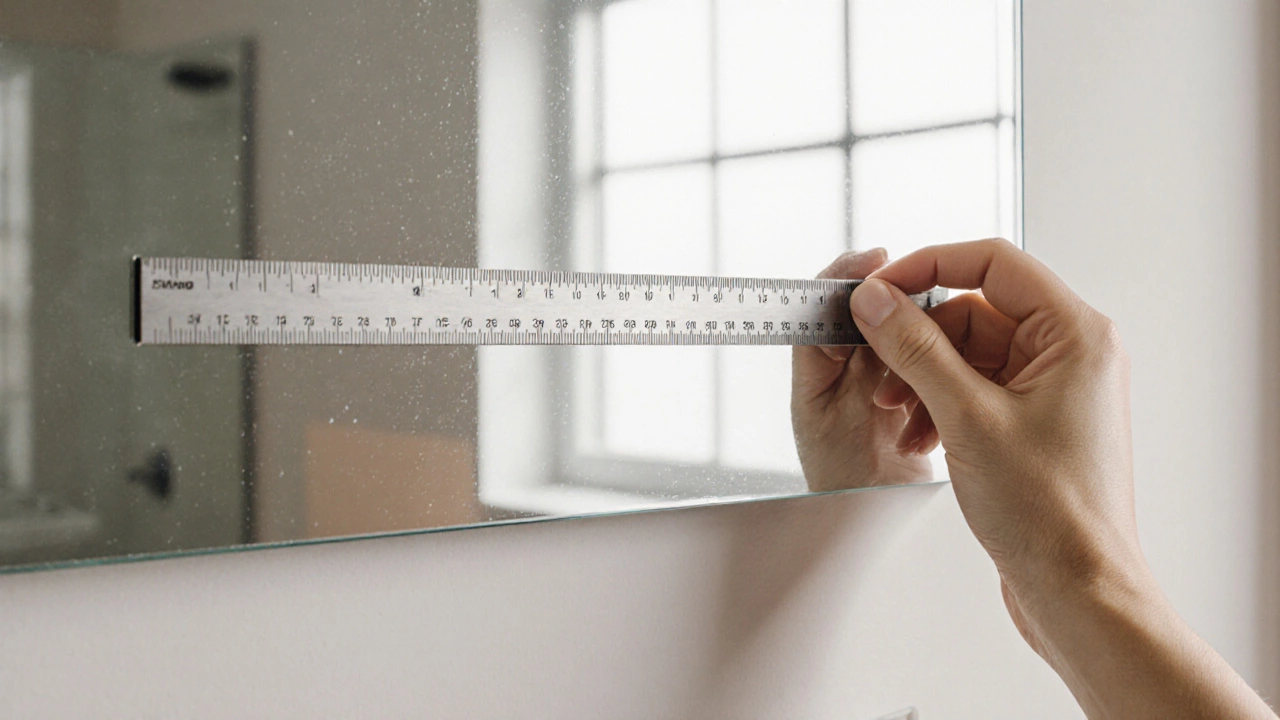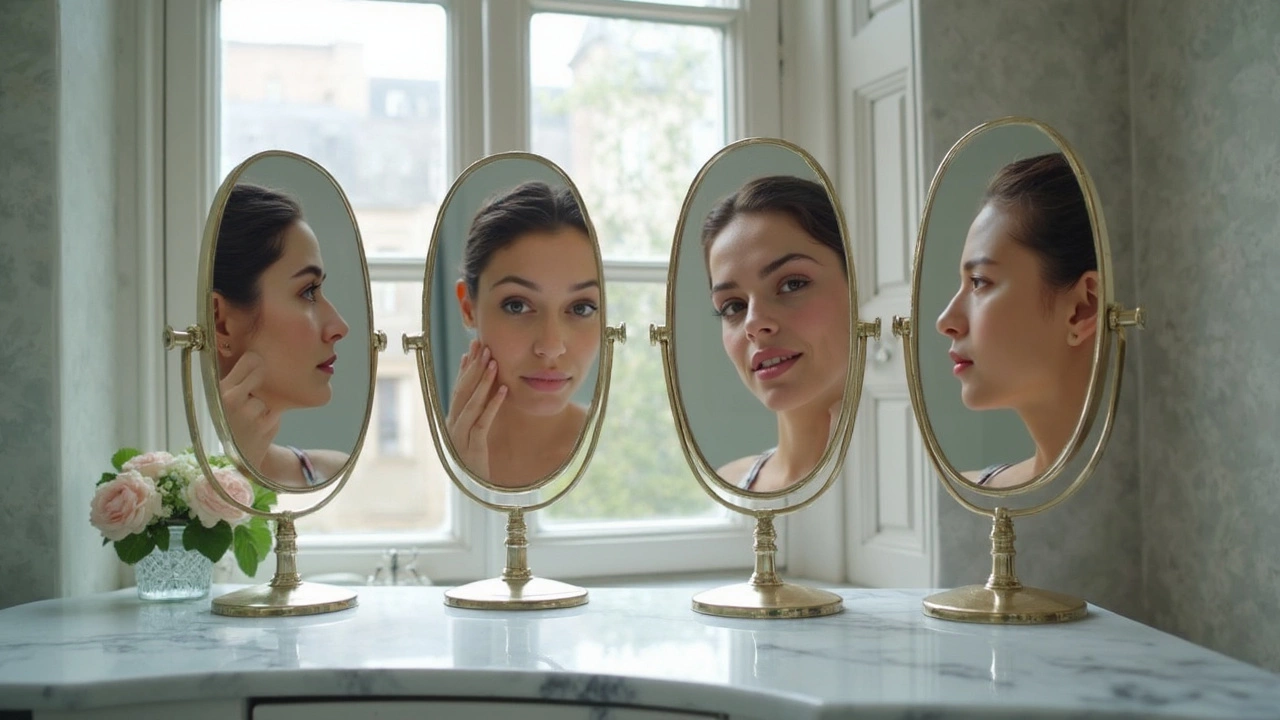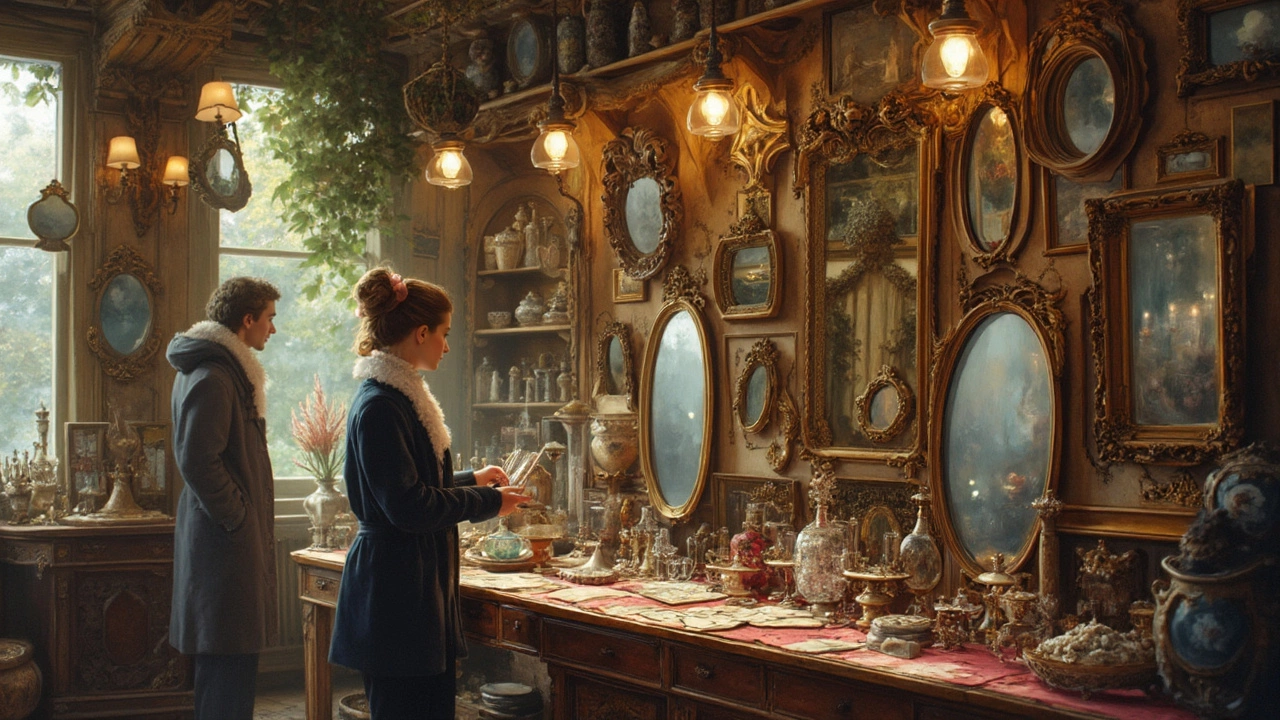Mirror Buying Guide: Choose the Perfect Mirror for Every Room
Mirrors do more than show your reflection—they open up space, add light, and can be a stylish focal point. With so many options, it’s easy to feel lost. This guide breaks down what matters most so you can shop with confidence and skip buyer’s remorse.
Types of Mirrors and When to Use Them
First, know the main styles:
- Wall mirrors – Simple glass frames that work in any room. Great for narrow hallways or above a sofa.
- Full‑length mirrors – Ideal for closets or bedrooms, they let you check outfits from head to toe.
- Magnifying mirrors – 1x to 10x zoom, perfect for bathroom grooming, makeup or shaving.
- Decorative mirrors – Shapes, colored frames, or etched designs add personality to living spaces.
- True mirrors – Offer a non‑reversed image, often pricier but worth it for precise work.
Pick a type that matches the room’s purpose. A bathroom grooming zone needs a 5x magnifier, while a living room benefits from a large, plain wall mirror to bounce light.
Key Factors to Check Before You Buy
Size and placement. Measure the wall space and leave a few inches of breathing room on each side. A mirror that’s too big overwhelms; too small looks like a decorative afterthought.
Frame material. Wood feels warm, metal feels sleek, and frameless glass looks modern. Choose a material that complements existing décor.
Glass quality. Look for tempered or low‑iron glass if you want fewer distortions. True mirrors use special coating that raises the price but give a clearer view.
Magnification needs. For daily grooming, 5x or 7x is common. If you only need a glance, a standard 1x mirror is fine.
Price vs. value. Expensive mirrors often boast better edge finishing and durability. Compare the cost per square inch and read reviews to see if the higher price translates into real benefits.
Don’t forget to check the mounting hardware. Heavy mirrors need sturdy brackets or wall plugs; lighter pieces can hang on nails or adhesive strips.
Finally, think about the room’s lighting. A mirror placed opposite a window maximises natural light, while a backlit vanity mirror works well in low‑light bathrooms.
Armed with these basics, you can walk into any store—or browse online—and spot the mirror that fits your space, style, and budget. Happy hunting!
-

How to Spot a Good Quality Mirror - Simple Tests & Buying Tips
Learn how to quickly identify a good quality mirror with simple visual and physical tests, plus a buying checklist and FAQ for confident shopping.
-

Best Magnification for Makeup and Shaving Mirrors: A Complete Comparison Guide
Trying to find the best mirror magnification? Learn the difference between 1x, 5x, 7x, and 10x, plus tips for flawless makeup and shaving.
-

How to Spot a Quality Mirror
Shopping for a mirror might sound simple, yet picking a quality one is an art. Before you just pick one with a fancy frame, consider its craftsmanship. From materials to reflection clarity, a good mirror has distinct traits. Dive into practical tips and secrets to identify a mirror that not only looks good but lasts long.
